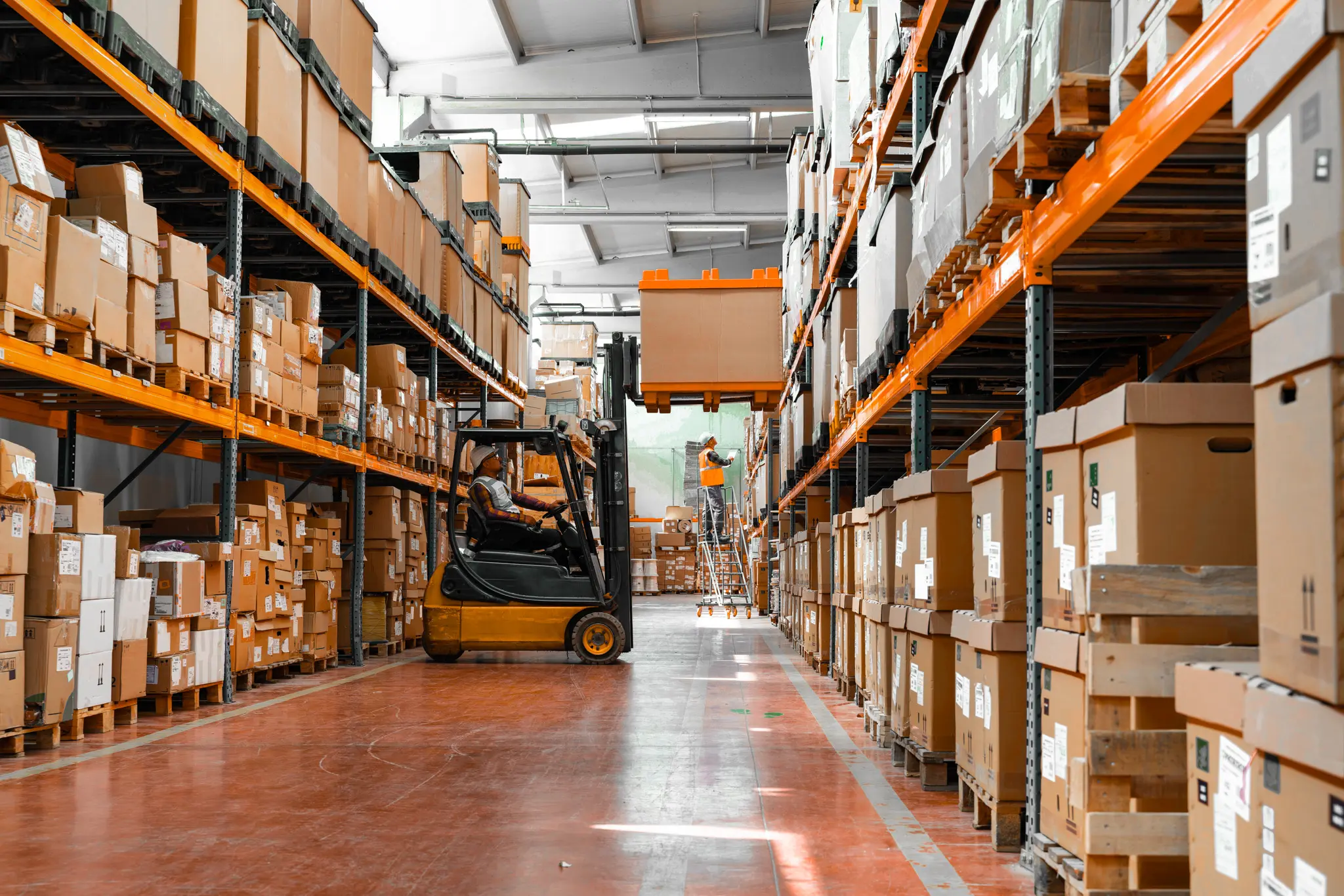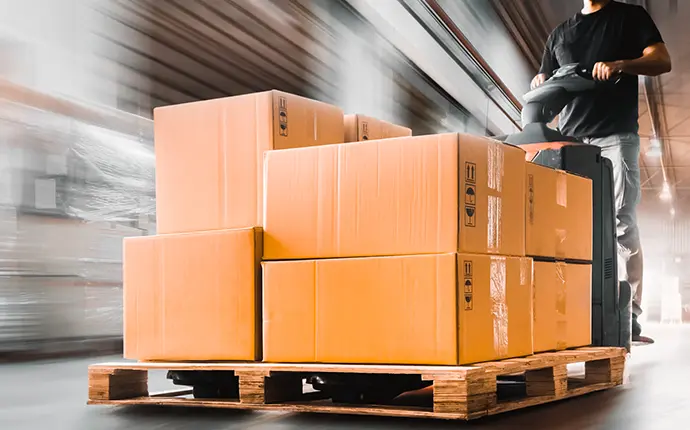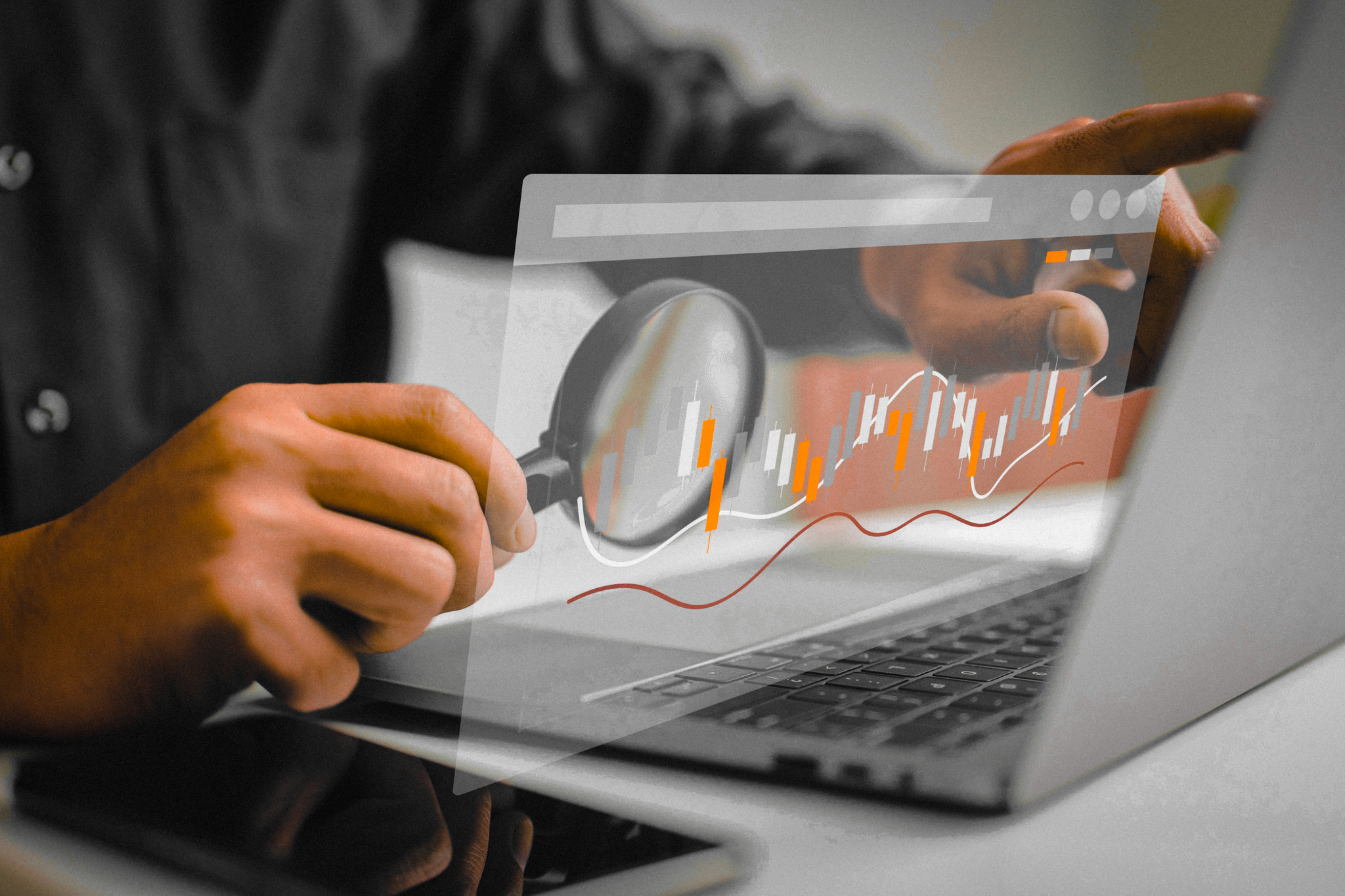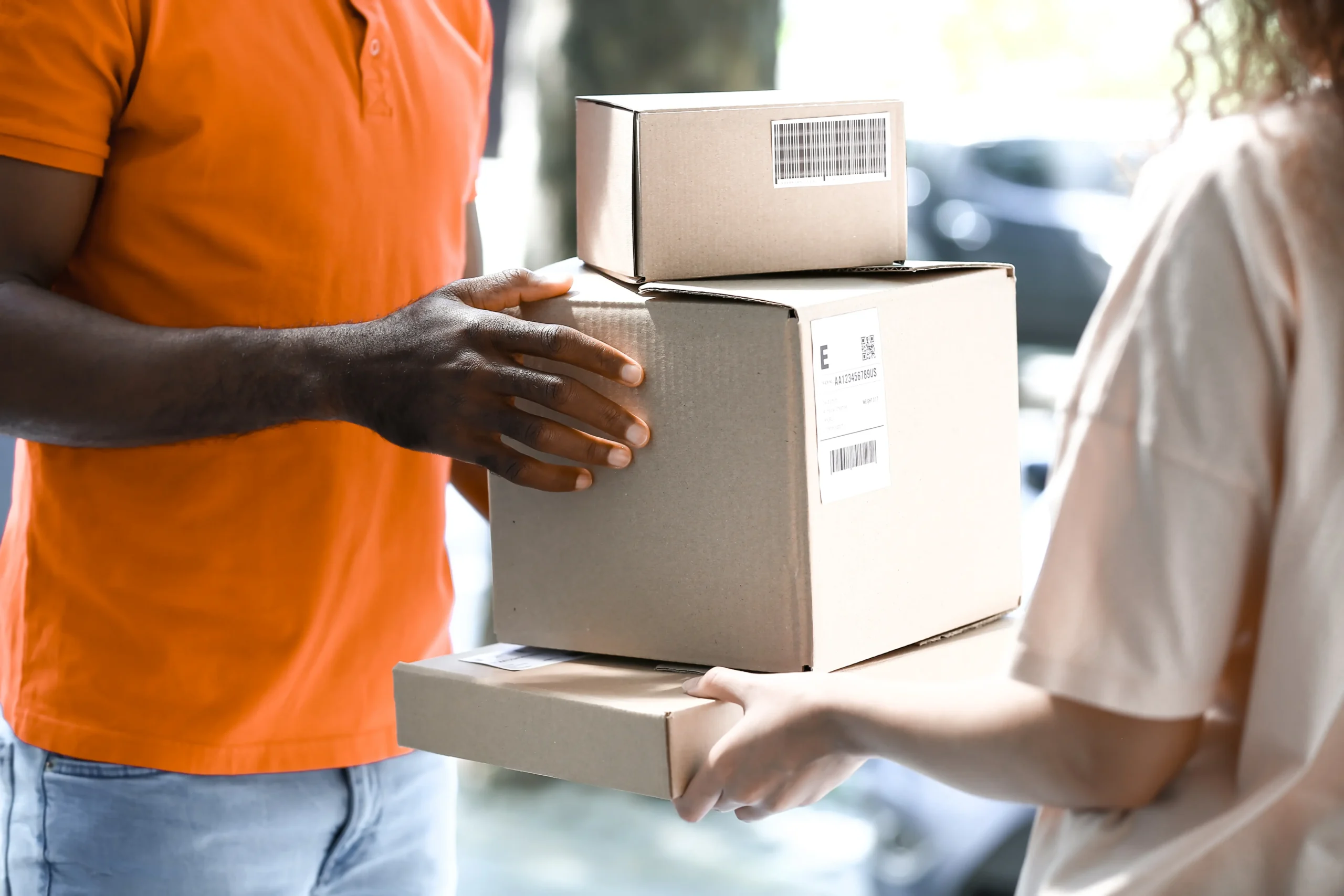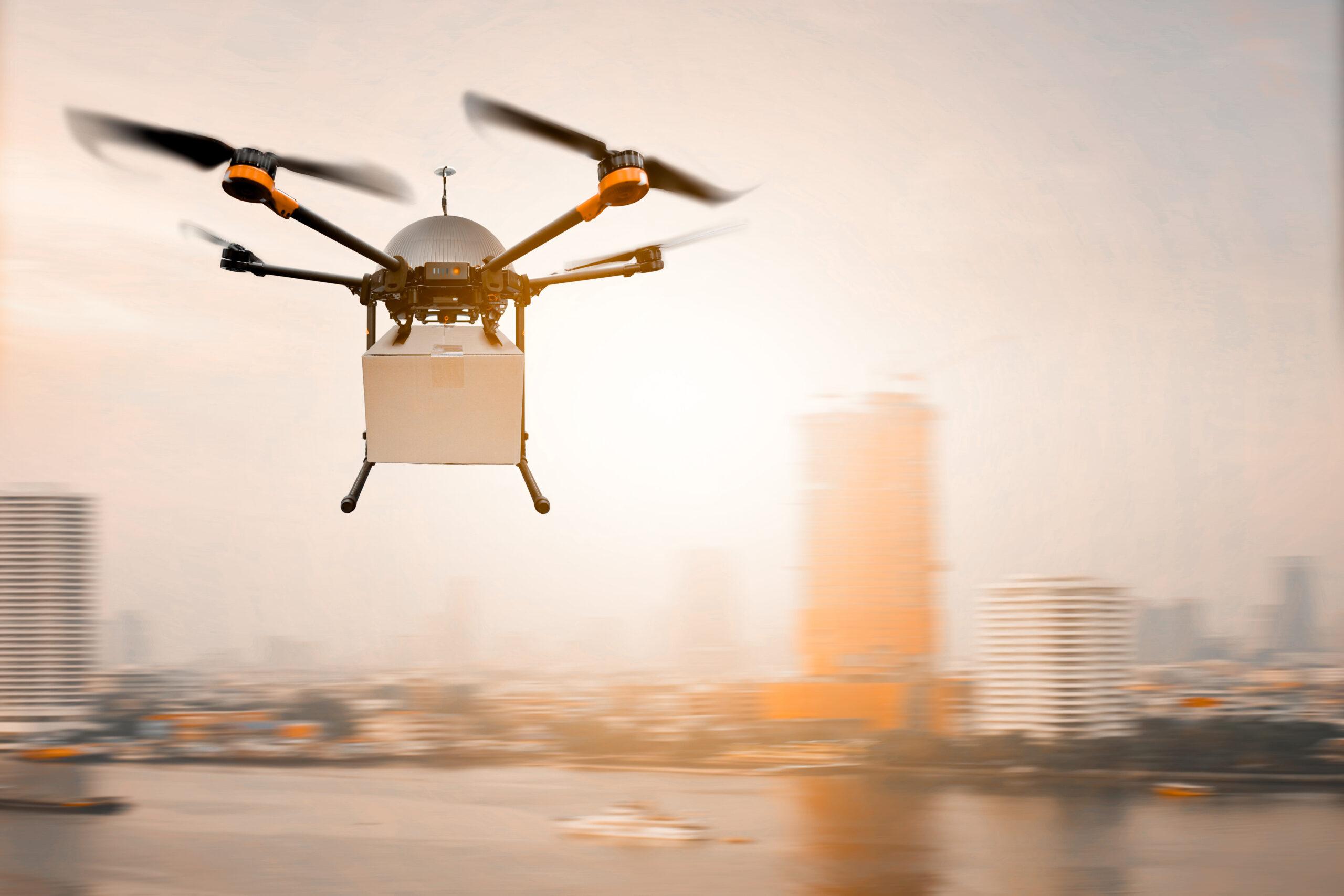It’s been 2 years since Covid-19 shook the world.
The damage and disruption it’s caused to the global supply chain is massive.
Thousands of small businesses ran into losses due to supply chain hold-ups and logistics lock-ups. Thousands of people lost their jobs, income, and more.
This pandemic has cost us so much.
However, economic research says that it’s also been the season where we saw the highest number of new home sales in the last 14 years. It’s also the era that saw the highest number of automobile sales in the last 15 years.
Sure, the travel industry, hotel, and restaurant sectors suffered irrevocable losses due to the pandemic.
And some supply chains shrank dramatically due to a sudden increase in inventory demand.
Not to mention that manufacturing took a hit from lockdowns and global growth halted from the chaos the pandemic has caused.
However, it’s also been a period of extensive growth, innovation, and transformation. It’s an era that’s forcing us to reframe our supply chains’ sustainability structures.
Let’s look at what’s changing the supply chain industry in 2022, supply chain challenges, and the supply chain trends that’ll keep innovation in the industry going.
1. Global truck driver shortages
Chris Spear, CEO of the American Trucking Association says that they entered the pandemic with a 61,000 shortage of drivers. He further states that they’re predicting a whopping 160,000 shortage of truck drivers in the next 7 years. But to clarify, he says that it’s been a pre-existing problem and it’s not something the pandemic has caused.
Experts say that the global truck driver shortage is largely due to the retirement of truck drivers. A number of truck drivers have also quit their jobs for better opportunities and working conditions.
Economic shutdowns and supply chain collapses have also contributed to this problem. For example, as ports face frequent backlogs, it consequently affects the truck industry causing truck driver shortages and logistic bottlenecks to squeeze through.
So as a supply chain, how would you tackle this problem in the future?
- Hire truck drivers without relying on third-party supply chains
- Look for alternative logistics solutions
- Look for alternative manufacturing solutions like localizing productions, setting up regional warehouses and manufacturing plants
2. Vertical integration of supply chains
Ranjan Roy, Margins Editor says that the pandemic has helped supply chain giants like Nike, Apple, etc grow exponentially.
How? Let’s dissect that.
He reported that despite massive supply chain disruptions in the automobile industry, Tesla has managed to stay on top of the stock sheets and manage operations, manufacturing, production, and sales without a hiccup. Ranjan says, they were able to do it because of the way they’ve designed their supply chain – with minimal dependence on third-party suppliers and maximizing the ownership of their value chain. Just like Toyota.
Toyota manufactures its own chips and crucial elements in the car production process. This places minimal production dependence on other third-party supply chains – resulting in smooth manufacturing and production processes that don’t affect sales. Irrespective of market conditions or supply chain disruptions.
In addition to owning the value chain, companies like Tesla and Toyota foster healthy relationships with their suppliers that keep the manufacturing process smooth and steady – independent of external factors and conditions.
However, there have been companies that are slow to adopt this method. For instance, Ranjan says, companies like Hyundai realized the impact of owning your supply chain and integrating it vertically, only now. The way companies manage their supply chains alone makes a huge difference in their overall revenue, growth, and profitability.
3. Demand-side economies of scale
The CEO of Siemens, Barbara Humpton says that supply chains have spent the last couple of decades chasing mass production of goods, as cheap as possible.
However, she predicts that there’s a huge shift in how supply chains are looking at production houses. They’re slowly moving towards a different economy – Demand-side economies of scale which focuses on mass customization to cater to specific demands and produce long-lasting, quality products instead of mass production of cheap goods.
4. Robotization and digitization of supply chains
Today, higher input costs and sourcing labor have become a burdening challenge for supply chains of all sizes. In addition, the massive shortage of truck drivers is directly slowing down economies.
Solution?
Adopt the future of supply chains early on just like Amazon.
Amazon employing delivery drones may seem like old news. But did you know how seriously they’re pursuing them?
And why not? The benefits of employing delivery drones are many, namely:
- Fewer human errors and accidents
- Lower transport costs
- Eliminate labor costs
- Fewer mistakes
- Reliable deliveries and happy customers
Amazon calls its future delivery system, Prime Air. It is designed to deliver packages to customers safely in 30 minutes or lesser using autonomous aerial vehicles.
30 minutes or less! Can you imagine what this can do to the global supply chain industry?
Apart from delivery drones, autonomous trucks will also contribute to the future of supply chains. Autonomous vehicles are still in the infant stages.
However, there are companies completing unmanned truck journeys successfully.
TuSimple Holdings, a trucking startup headquartered in San Diego, completed an 80-mile long unmanned truck journey. The company’s Autonomous Driving System (ADS) navigated 100% of the 80-mile long journey along surface streets and highways between a railyard in Tuscon, Arizona, and a distribution center in Phoenix.
And all of this happened with zero human intervention.
TuSimple aims to scale its technology by 2024, says president and CEO Cheng Lu.
Other than unmanned trucks and aerial delivery vehicles, robotic forklifts are gaining popularity amongst supply chain giants.
Robotic forklifts are used for loading and unloading in the warehouse in addition to automated carts that sort and organize the merchandise in fully automated warehouses.
5. Blockchain in supply chains
Many supply giants are adopting blockchain technology because it is a safe and secure, irreversible, and transparent technology that enables enterprise organizations to safeguard their data without the intervention of a third-party agency.
Blockchain plays a major role in making the supply chain self-sufficient by creating a vertically integrated system that’s less dependent on external agencies for data, tech, and operations of the supply chain.
Some of the benefits of employing blockchain technology in supply chains are:
- Adds transparency and security to the supply chain by preventing the change of information: Supply chain giants like Walmart are using blockchain technology to create a systemized, digitized, traceable supply chain process. Walmart has urged its suppliers to use blockchain technology to track their produce and farmed goods. Walmart is also partnering with IBM to build a blockchain-based supply chain tracking system.
- Simplifies tracking: In Germany, a team from Ford is working to implement geofencing using blockchain. Geofencing is the creation of a digital “fence” around a given, real geographic area to improve urban air quality for their citizens. But how does blockchain help improve urban air quality? When low-emission and zero-emission Ford models enter and leave “low-emission” areas, Ford has established a way to track these low-emission vehicles cohesively. Not just that, some of Ford’s vans have in-built geofencing technology which alerts the drivers to switch to pure “EV” mode as they approach green zones in the region.
- Establish a faster, immutable, and secure digital trail: De Beers is employing blockchain technology to track the diamonds digitally as they move from mine to retail. This is the first time a diamond’s journey has been tracked digitally. A blockchain diamond tracking application called Tracr is expected to help consumers with access to information and history about their diamond purchases. This improves visibility and trust and makes the diamond value chain way more efficient and faster than the traditional tracking and security system.
- Enhance merchant supply chains: In March 2019, UPS in partnership with eCommerce tech company Inxeption launched a blockchain-based platform to improve supply chains across merchant companies. Linda Weakland, UPS’s Director of Enterprise Architecture and Innovation says that blockchain has multiple advantages and applications in the supply chain industry. She further states that blockchain technology potentially increases speed and transparency amongst vendors, shippers, carriers, consumers and other supply chain stakeholders.
- Smart contracts using Ethereum blockchain: Smart contracts are self-regulated, self-executing contracts that are fulfilled when pre-defined business transactions and conditions are met. This improves supply chain function and increases logistics and operational efficiency.
- Secure chain of custody to transform the logistics industry: FedEx uses blockchain to share shipment information amongst suppliers, retailers, and vendors. The company uses blockchain to determine and prioritize the data records that need permanent storage as compared to the ones that should go in the temporary ledger to handle customer disputes and improve overall customer experience. In fact, Fedex’s blockchain journey started around a process in the dispute resolution area that was causing freight claims for a couple of million dollars a year.Fred Smith founder of FedEx, is famous for saying “The information about the package is as important as the package itself.” Putting that philosophy to use, FedEx also uses blockchain to help customers track their packages independently throughout the journey of the package.
According to Insureblocks, blockchain is the first technology where companies will be able to share selected data in a peer-to-peer fashion without the need for middlemen.
Looking for more industry insights to help you build a better supply chain? Insights into what shipping will look like in 2022 and beyond? Here’s our latest predictions.

Get the Full Report
